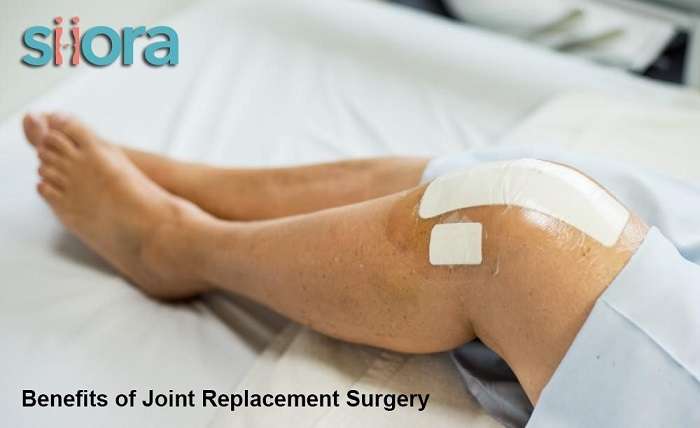Benefits of Joint Replacement Surgery

What is knee joint replacement?
Knee replacement is a surgical procedure that involves replacing a damaged or diseased knee with an artificial joint, or prosthesis. Metal alloys, plastics, and polymers make up the prosthesis. It works similarly to how a knee works. Replacement knees can match your demands and specifications, according to the American Academy of Orthopaedic Surgeons (AAOS).
Although the process to remove your old knee and replace it with a prosthesis takes less than two hours, recuperation and therapy can take months. Knee arthroplasty is another name for this treatment. Knee replacement surgery is a highly common procedure. It requires the application of certain Orthopedic Implants and Instruments.
What is the reason for a joint replacement in the knee?
Arthritic deterioration is the most common reason for knee joint replacement.
Only when other, less invasive treatments have failed is a knee replacement recommended. The following are:
- Weight Loss
- Medications
- Physical Therapy
- Aids Like a Cane or a Knee Brace
How Common Is Joint Replacement Surgery?
Every year, about 435,000 adults in the United States have their hips or knees replaced. Because of the aging population and the high success rate of joint replacement surgery, the number is growing every year. According to the American Academy of Orthopaedic Surgeons, more than 600,000 knee replacements are performed in the United States each year.
What happens during knee joint replacement?
When it’s time for surgery, you’ll change into a hospital gown and be given an IV to keep you hydrated and fed during the procedure. You’ll be given an anesthetic right before the operation.
Your surgeon will make a lengthy surgical cut above your knee during the surgery, which will last between one and two hours. Damaged cartilage and bone will be cut away, and the skin and muscle will be pulled back.
The new knee joint will be attached to your femur (thighbone) and tibia (the main bone of your lower leg). They’ll use specialized cement, pins, and screws to accomplish this. After that, your surgeon will use stitches to close the incision wound and apply a bandage.
Benefits of Replacement Surgery
Patients who have had joint replacement surgery typically return to their normal daily activities and perform well. Patients who participated in sports prior to surgery are likely to be able to return to low-impact activities after surgery.
The important benefits of joint replacement include:
Pain Relief: Patients have experienced great pain alleviation following joint replacement surgery, especially knee replacement surgery Singapore. Most patients do not need to rely on pain pills or injections to get brief pain relief after the treatment.
Improved Joint Function: End-stage osteoarthritis, often known as bone-on-bone arthritis, is characterized by full cartilage degradation and severe movement limits, and is usually treated with joint replacement. Patients benefit from improved joint function and a higher quality of life once the new joint is implanted. Although there are some dangers associated with the operation, the majority of issues may be properly managed. New joint replacements can be projected to survive 15 years or more, because of continual advancements in joint implant material and design. In fact, most patients are so pleased with the joint replacement surgery that they wish they had done it sooner rather than waiting until they were in excruciating agony!
Siora Surgicals Pvt. Ltd. is an experienced manufacturer of an extensive range of CE-certified orthopedic devices in India with hundreds of global distributors. The company is also a reliable Orthopedic Supplier Malaysia as its implants, instruments, and external fixators are approved with the Malaysian Medical Device Authority (MDA).





